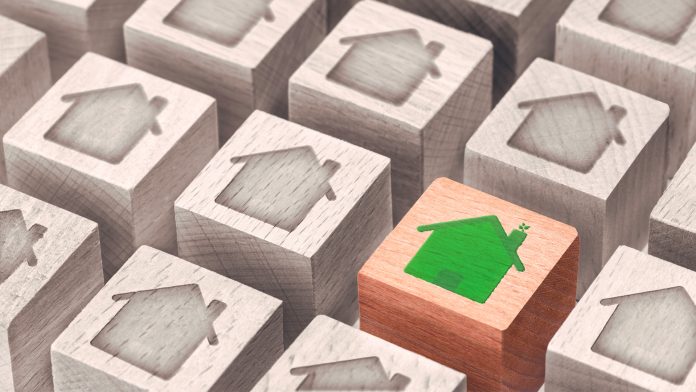As further struggles with climate change deplete the Earth’s resources, construction firms turn to alternative eco-materials made from mushrooms to reduce the industry’s carbon footprint.
Climate change being one of the biggest problems that the construction industry faces in 2020. The industry uses large quantities of energy to heat, cool and light buildings and contributes to 39% of the world’s carbon footprint.
Mushroom magic
It is important that we find an environmentally sustainable building material that can reduce the need for so much energy. One possible alternative to the traditional materials used in construction is derived from fungi.
Mycelium composites are created by growing mycelium, the thread-like main body of a fungus, of certain mushroom-producing fungi on agricultural waste.
Mycelium are composed of a web of filaments know as ‘hyphae’. Hyphae acts as a natural binder and can grow to form networks called ‘mycelia’. Created by digesting nutrients from agricultural waste while bonding to the surface of the waste, using biological growth.
Towers made from mushrooms
Mycelium materials are low-density, offer great thermal properties and possess fire resistant traits. One company that is using mycelium materials is The Living, a New York based architectural firm.
The Living designed an organic mycelium tower in the courtyard of MoMA’s PS1 space in Manhattan. As part of MoMA’s Young Architects Program, the structure illustrates the potential of mycelium as a biodegradable building material.
MoMA’s Young Architects Program “is committed to offering emerging architectural talent the opportunity to design and present innovative projects, challenging each year’s winners to develop original designs for a temporary, outdoor installation at MoMA PS1 that provides respite with shade, seating, and water,” according to a representative from MoMA.
The Living states that “Hy-Fi offers a captivating physical environment and a new paradigm for sustainable architecture.
“In 2014, we tested and refined a new low-energy biological building material, manufactured 10,000 compostable bricks, constructed a 13-meter-tall tower, hosted public cultural events for three months, disassembled the structure, composted the bricks, and returned the resulting soil to local community gardens. This successful experiment offers many possibilities for future construction.”







